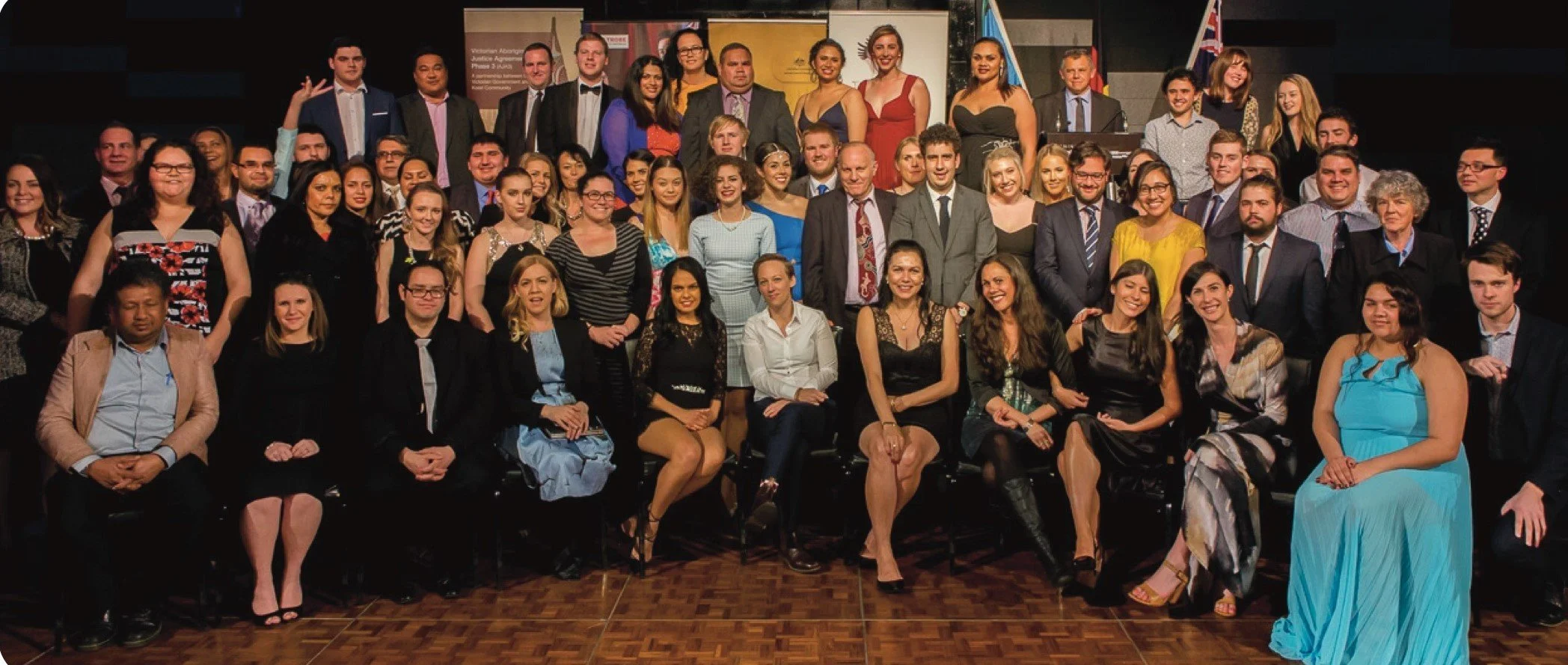'Romancing the Stones - Part II of Mr Pascoe's Vague Claims
Mr Pascoe claims that in his,
‘Reviewing [of] the earliest colonial reports [he] reveals an astonishing amount of reference[s] to stone houses and other structures.” and
‘many stone houses can be still seen today…and research continues …[on] High Cliffy Island…’ (Dark Emu 2018 Reprint, p125),
He also writes of,
‘researchers finding hundreds of stone buildings on High Cliffy Island off the West Australian coast. The island is only one kilometre long, but the high density settlement was supported by intensive fishing and artefact manufacture from stone in a quarry. It might have been a seasonal camp, but the possibility exists that is was occupied permanently’ - (ibid., p130).
Mr Pascoe is selectively quoting from the literature and being vague as usual, so as weave a narrative in the readers mind that here is the possibility that a ‘sophisticated’, sedentary, Aboriginal society lived in a high density ‘village’ of permanent stone buildings on High Cliffy Island.
What Mr Pascoe doesn’t tell his readers is what we find when we read archaeologist, Sue O’Conner’s, description of High Cliffy Island during her excavation work there, namely that:
‘High Cliffy Island lies 10km west of the mainland at its closest point. It is only 1km long and barely 300m at its widest point. As its name suggests it rises abruptly from the sea to a height of approximately 15m. It is flat topped and composed predominantly of quartz sandstone. Surface soils are poorly developed, supporting in most parts little more than spinifex and stunted Eucalyptus/Acacia associations.
This area of the Kimberley is subject to strong monsoonal rains which annually flush these bare rock surfaces. No surface water was obvious on the island during the dry season of 1985, but permanent freshwater is available in soakage on the large sandy Montgomery Islands.
The most remarkable natural feature of this island group is a massive coral reef system which surrounds them. At low tide the reef connects several of the small rocky High Cliffy Islands and only a narrow channel remains to separate them from the larger sandy islands.
The land mass of all these islands combined at high tide is less than 20 sq km. With such a small land mass it is surprising that Love (in Tindale 1974) reports that these islands were home to a dialectally discrete group, the Jaudibaia people, who were exclusively island based.’ - here
Therefore, far from the Jaudibaia people having to survive only on the small High Cliffy Island in high density living, they in fact were hunter gatherers living predominately on fish, sea-food and dugong from the some 400sq km reef, the majority of which was exposed at low tide. (See Wikipedia)
Stone ‘circles’ on High Cliffy Island
And what does Sue O’Connor think the function of the low, stone circles were?
She says Aboriginal Oral History records that they were constructed to shield the light of the camp fires of the Jaudibaia, lest the mainland Aboriginal parties see the light at night and send out raiding parties to steal the womenfolk.
Alternatively they may have been constructed by the Maccasan’s during their Beche-de-mer fishing trips.
Wikipedia offers some commentary on this topic here .
We have located a film clip of Sue O’Conner and her ideas as well as some footage of the Jaudibaia from 1929.
Other researchers claim that they may have been windbreaks or roofed structures but that,
“One of the unresolved issues in all of the archaeological studies [of these stone remains] is the design and structure of roofs over these stone-walled structures…Another issue is whether some or all of the wall structures were in fact, windbreaks, not being roofed at all”. - P Memmott, Gunyah, Goondie & Wurley, QUP, 2007, p205.
To our mind, Mr Pascoe again has offered no real evidence that, ‘Aboriginal people did build ‘houses’ in permanent villages or towns and were anything other than incredibly skillful, hunter-gatherers.
Or as Sue O’Connor says in the film clip, the Jaudibaia were,
‘…people eking out a living really by being mobile fishermen moving between these tiny, tiny lumps of rock on this huge inshore reef…’
They were not sedentary, agricultural farmers or aqua-culturalists, living in a village of stone houses.






